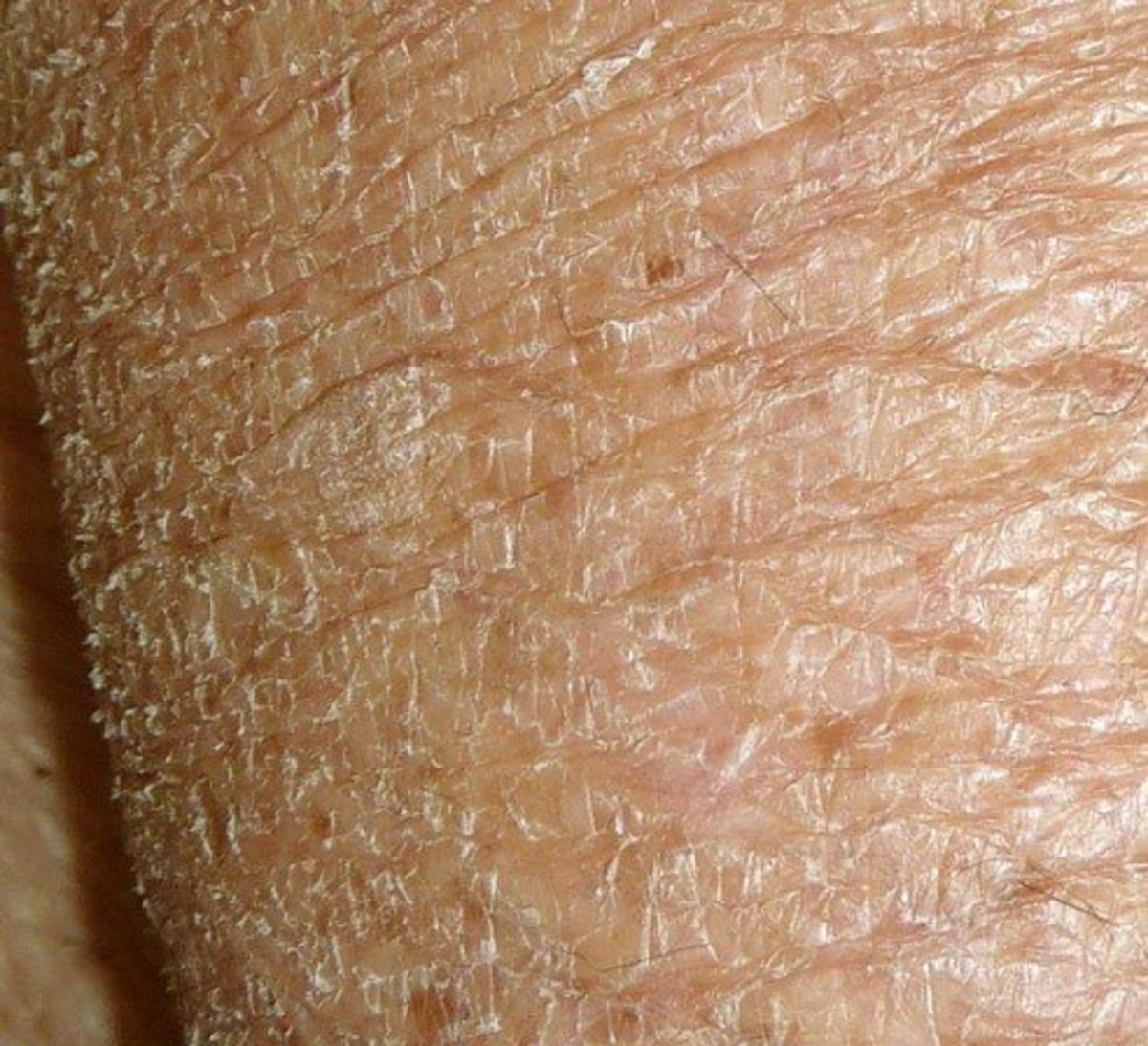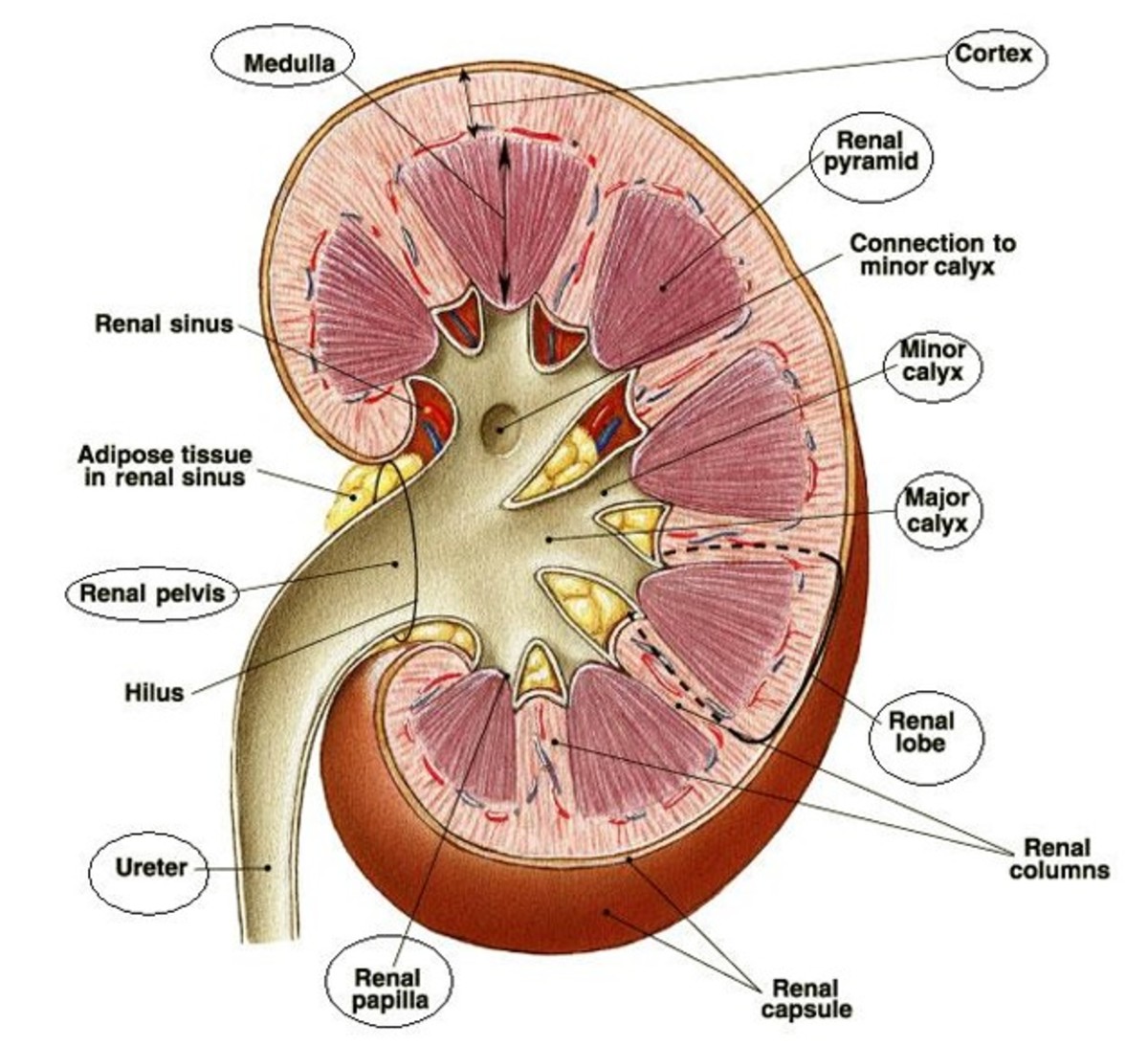Types of Survaillance for Communicable Diseases
Disease surveillance is the collection of information, analysis and interpretation of the information and the dissemination of data pertaining diseases. It is important in monitoring the outbreak, spread, causes and treatment of diseases as well as occurrence patterns.
Types of surveillanceThere are different types of communicable disease surveillance that are carried out to ensure that health agencies will use so as to monitor communicable diseases.
1. Disease reporting
This kind of surveillance involves using information from the public when members of the public report the occurrence of a certain disease to health agencies. This type of surveillance is able to collect information about diseases that pose a high risk to the public at large such as highly communicable disease.
2. Surveys
This is a type of surveillance whereby routine surveys are carried out by health and healthcare professionals so as to gather data useful in monitoring diseases and the risk they pose on the public, disease patterns as well as the spreading of diseases.
3. Vital statistics
This survey type utilizes information obtained from birth and death records. Such records provide vital information about diseases which affect people at birth as well as to what extent certain diseases cause deaths.
4. Zoonotic Disease Surveillance
There are diseases that can be transmitted to human beings from animals. This type of surveillance uses information from the number of infected animals so as to monitor the spread or outbreak of a disease as well as the possibility of transmitting to humans.
5. Sentinel Surveillance
Surveillance based on collecting data from a sample of a population at a reporting site such as collecting information from some of the patients who go to a certain hospital and this information can be used to monitor a specific disease.
6. Registries
This survey uses the record of patients who have certain diseases and conditions such as cancer and HIV. This is information that was collected during diagnosis and is useful in showing the number of people suffering from a disease or a condition and monitoring the patterns over time.
Challenges to the Surveillance ActivitiesThere are challenges to surveillance activities of communicable diseases such as Chancroid. Chancroid is a bacterial infection caused by Haemophilus ducreyi. It is characterised by ulcer that occurs at the infection site and is spread through direct sexual contact. Transmission occurs as a result of contact with the discharge from open lesions.
challenges may occur as a result of the disease attributes. It is caused by a bacteria and can be spread by sexual contact. The disease can spread quickly from one person to another in instances where one has more than one sexual partner or through commercial sex workers who can transmit it to their clients who in turn transmit it to their partners and an outbreak can occur. Being a disease that is sexually transmitted, getting information from the public may not be so easy as people hardly give details about their sex life until when it becomes a serious infection. Commercial sex workers may not be willing to give out details about their activities and this can make it difficult to monitor the disease in a given locality. Uncircumcised men are at a higher risk of being infected by the disease as compared to circumcised men. One can not be forced to be circumcised and this can hinder the efforts to prevent the disease.
Challenges may also be due to infrastructure. Chancroid spreads through sexual contact and will spread faster among the poor inner-city population characterised by high population with poor housing and infrastructure. In such places there is less capacity to deal with the disease and to provide public awareness about the disease. The poor may not be in a position to buy condoms so as to practice safe sex as well as afford medication if infected. The lack of facilities to deal with chancroid or to help prevent its spreading would mean that the disease will spread faster and to a larger population.
Location can also be a challenge when it comes to communicable disease surveillance. If chancroid breaks out in a remote location, it may take time before health care professionals are able to respond and gather the necessary information about it and how it is spreading. A remote location can be difficult to ensure surveillance. If it breaks out in a location that is densely populated then chancroid can spread faster than health care professions can be able to keep up in terms of gathering information and monitoring it. The location of the disease in the body also posses a challenge. With the bacteria and the ulcers being located in the genital area, it is not easy to know if ones partner is infected as there are no quickly noticeable signs and symptoms and it can easily spread from one person to another without the knowledge of both individuals.
Applicability of EpiInfoEpiInfo provides tools that make data entry and database construction to be easy. It also analyses data and is great software that can be used in the investigation of disease outbreaks. As it makes work easier, EpiInfo is highly applicable for the surveillance of communicable diseases such as chancroid. Communicable diseases spread quickly and healthcare practitioners may not have a lot of time to gather information and analyze it. This is where the software comes in handy as it would enable them to easily collect and analyze data that is; creating a database quickly which means that surveillance is done faster enabling the quick establishment of causes, occurrence patterns and spreading agents thus enabling the prevention of the disease. EpiInfo is highly applicable in the investigation of communicable diseases as it enables the development of disease surveillance systems.








